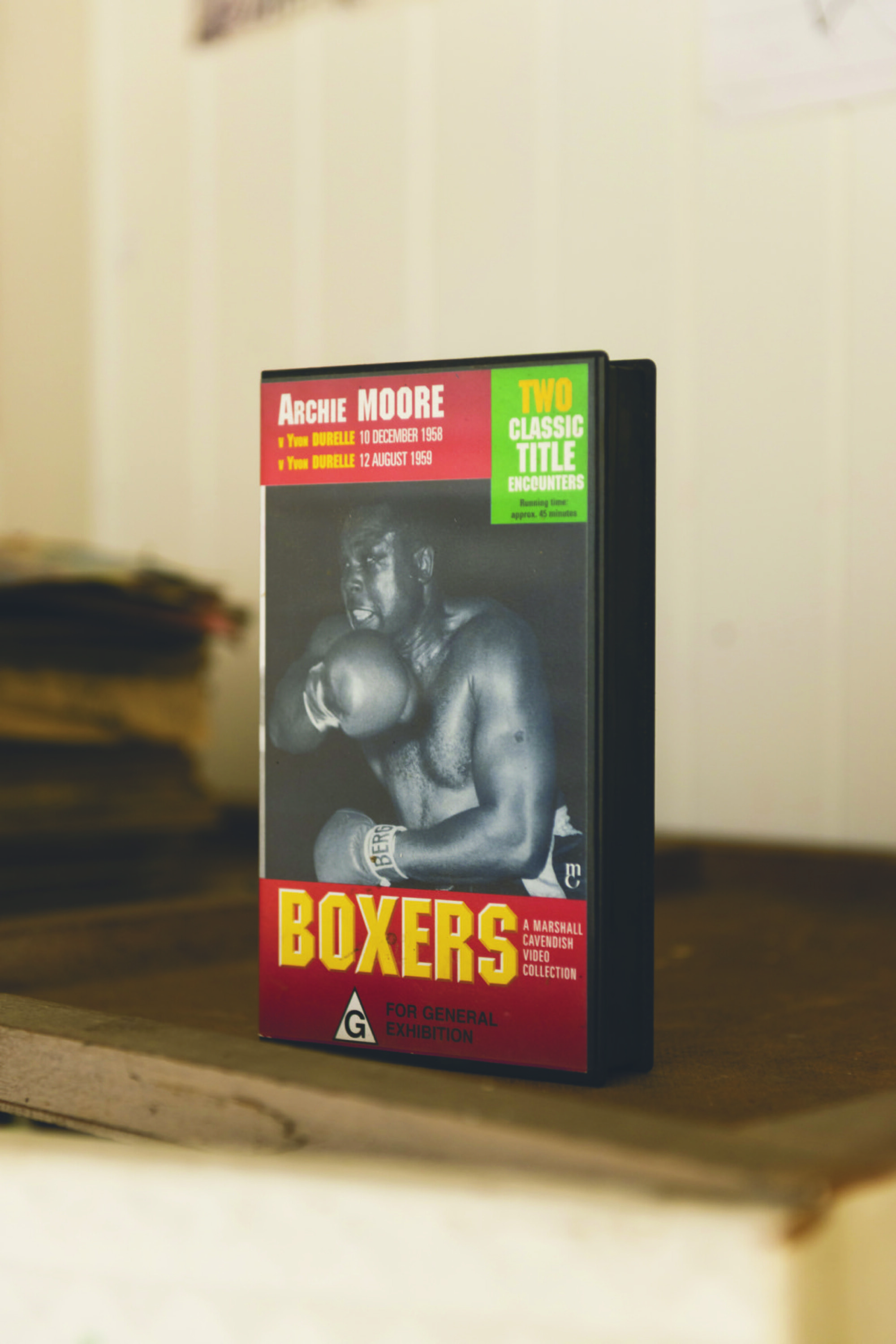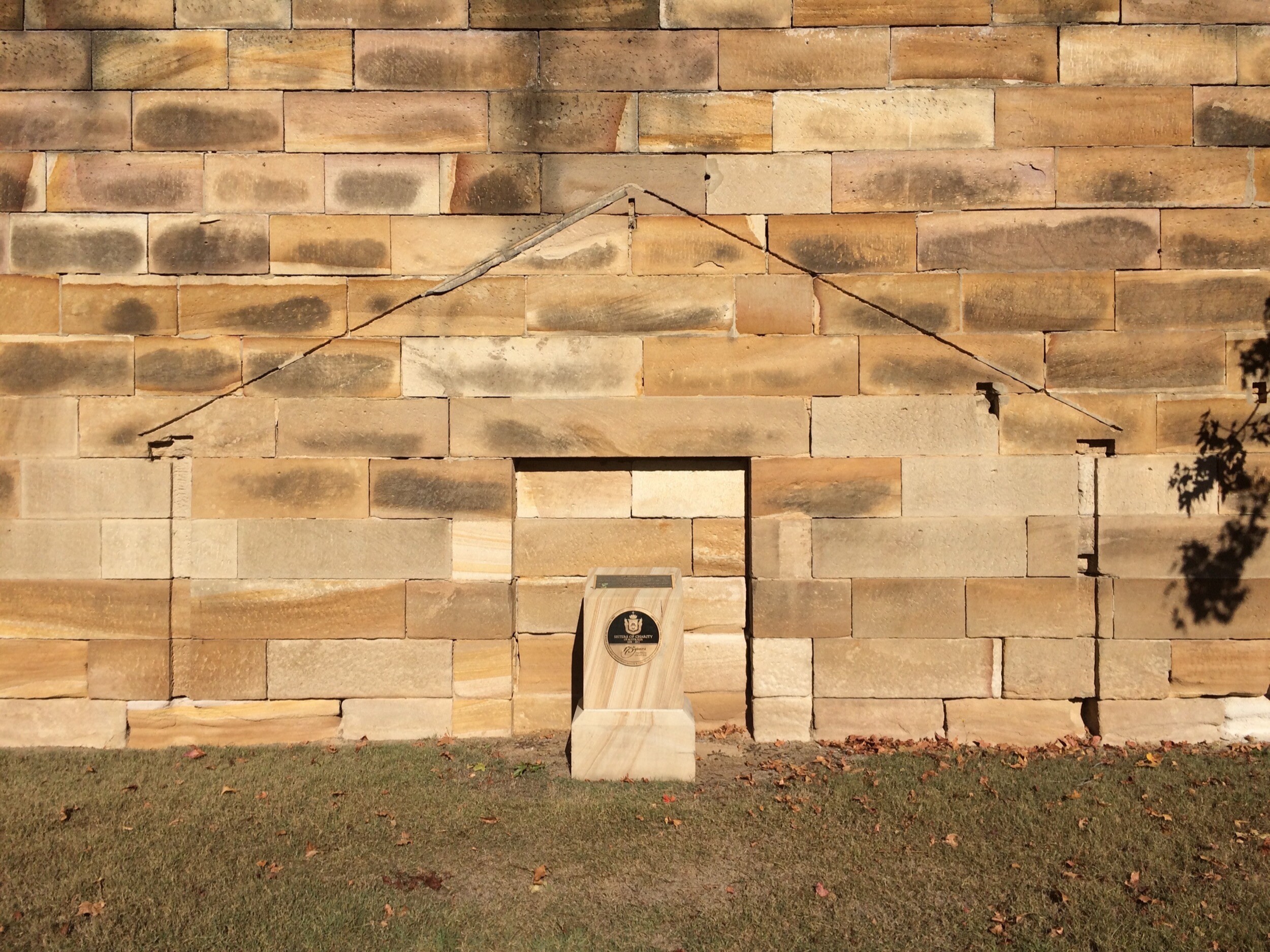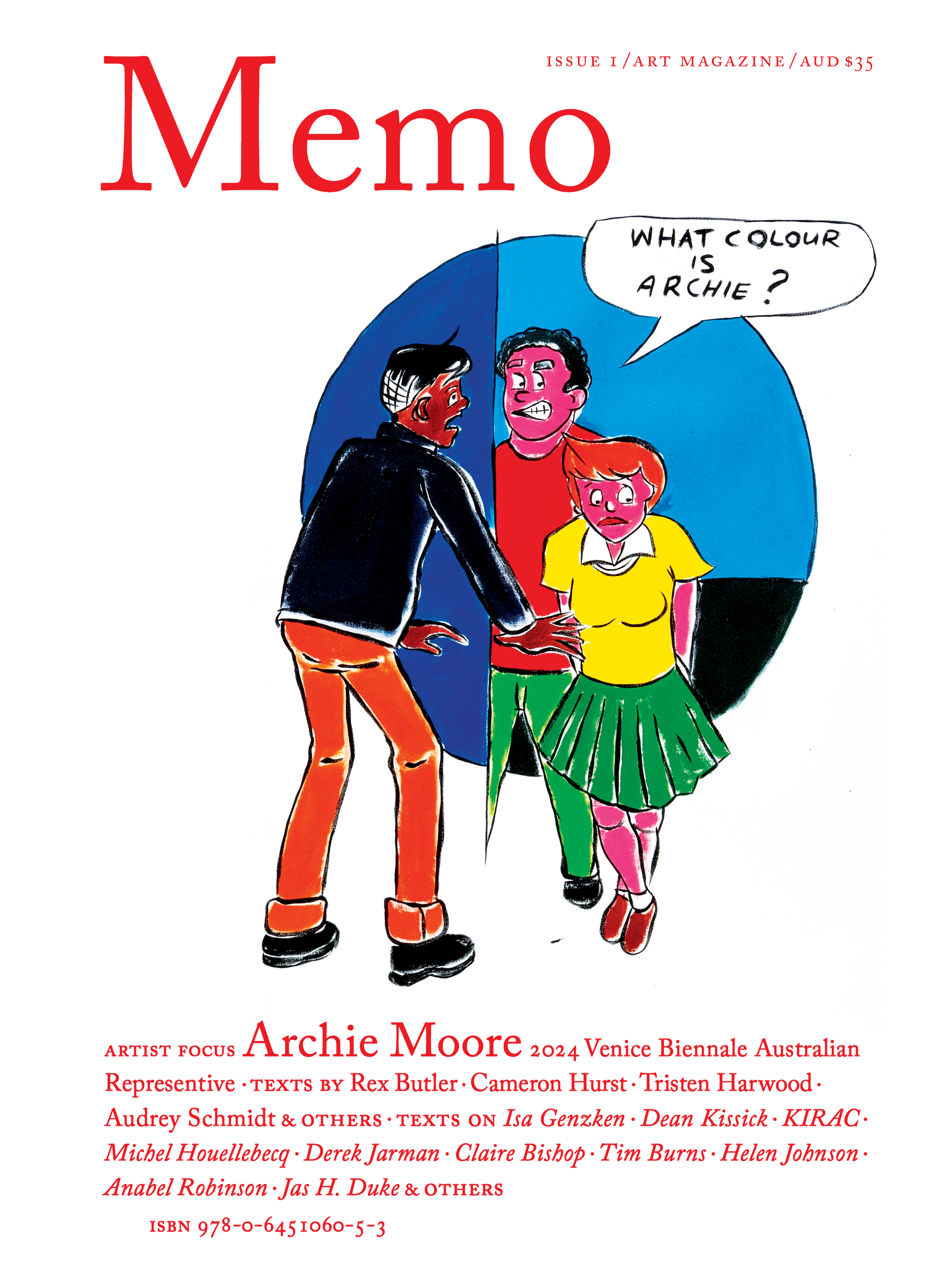Interior Decoration: Recent Paintings by Anabel Robinson
Anabel Robinson’s paintings function like rooms—lived-in, layered, and shifting between figuration and abstraction. Her work invites a search for entry points, symbols, and hidden meanings.
By Gemma Topliss
Issue 1, Summer 2023/24
If we were to enter a painting the way we enter a room, we would first start with the door. The door of the painting may be the stretcher bar. Just as a door visually disappears behind us when we enter a room, the stretcher bar is invisible as we enter the painting. Perhaps at times there is a peripheral vision of it, but mostly it is something that recedes before it can be perceived. Psychologically, we may experience the door as the structural scaffolding that holds up the room. This is just an illusion, of course, because the room is supported by its walls. The painting’s walls are the painting’s edge, or frame. The edge of a painting is what delineates the painting from not-painting, or the rest of the world. The room itself is defined by space, an absence to be filled. This is the canvas, or painting. Interior decoration fills the room. A painting can be lived in like a room.
Exclusive to the Magazine
Interior Decoration: Recent Paintings by Anabel Robinson by Gemma Topliss is featured in full in Issue 1 of Memo magazine.
Get your hands on the print edition through our online shop or save up to 20% and get free domestic shipping with a subscription.
Related

Boxer, scrapper, parry—Archie Moore’s work moves through the tropes assigned to him, resisting, reworking, refusing.

Elizabeth Day resurrects Parramatta Female Factory’s vanished solitary wing at Wollongong Art Gallery, knotting trauma, carceral memory, and the unfinished business of colonial reckoning.

